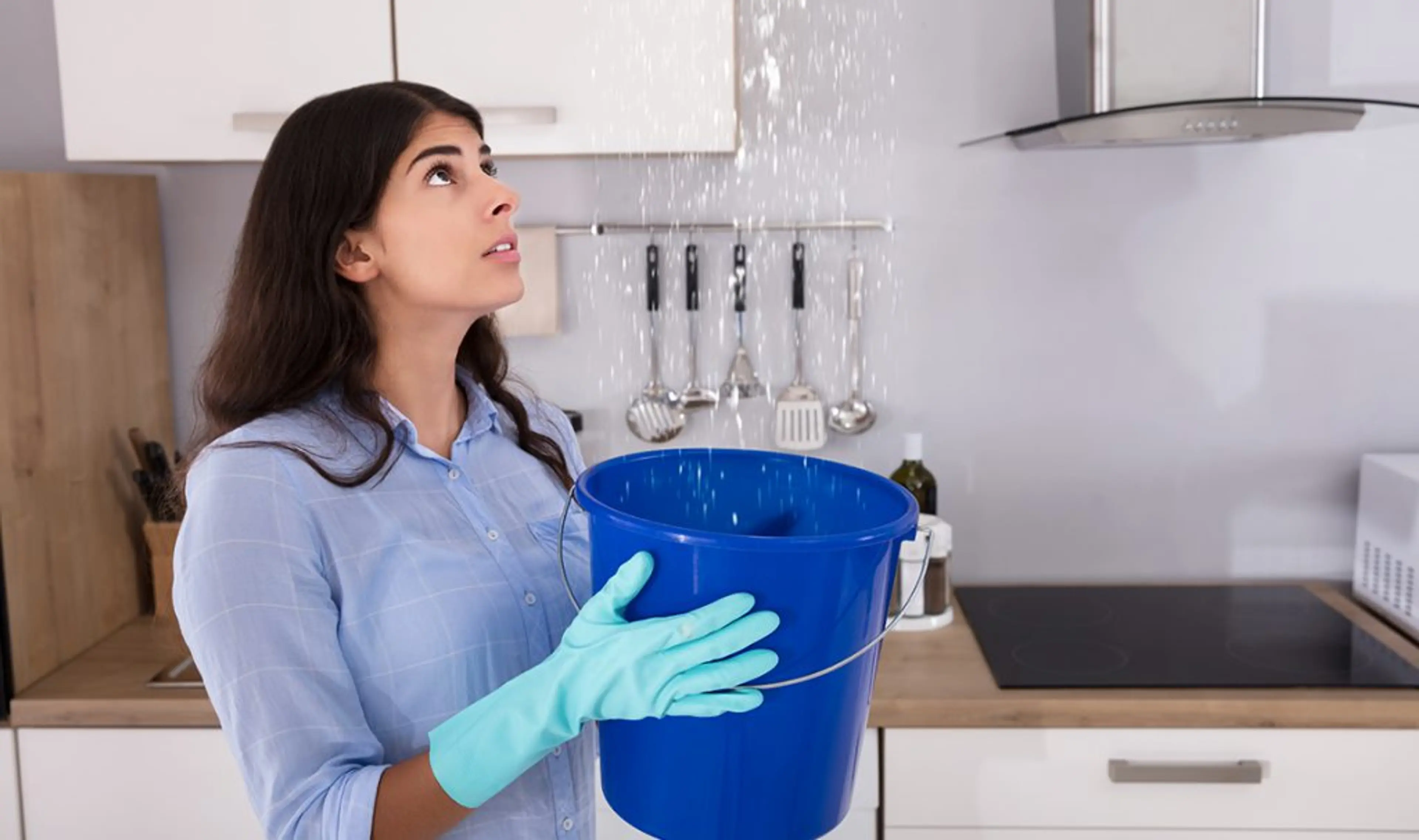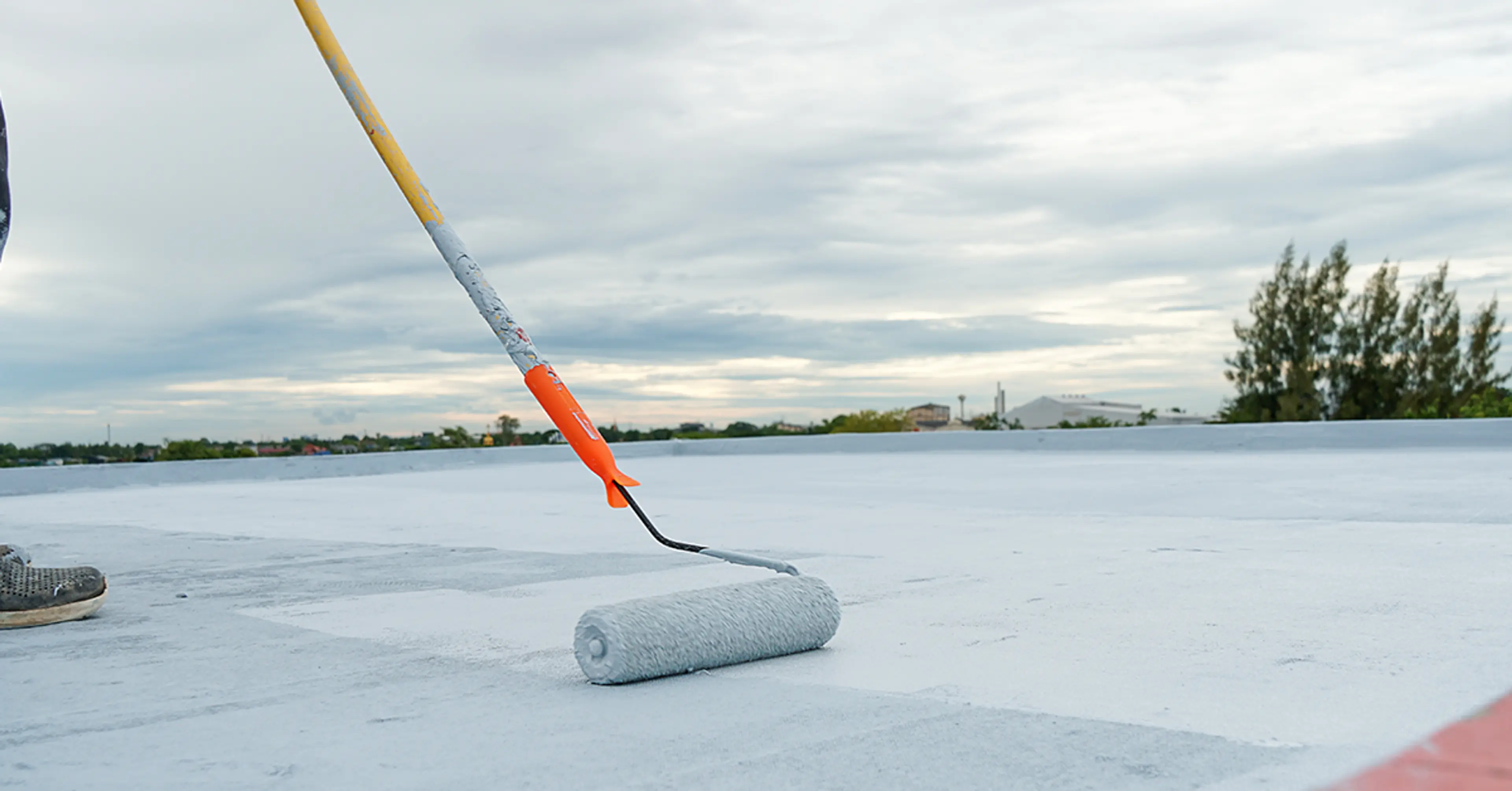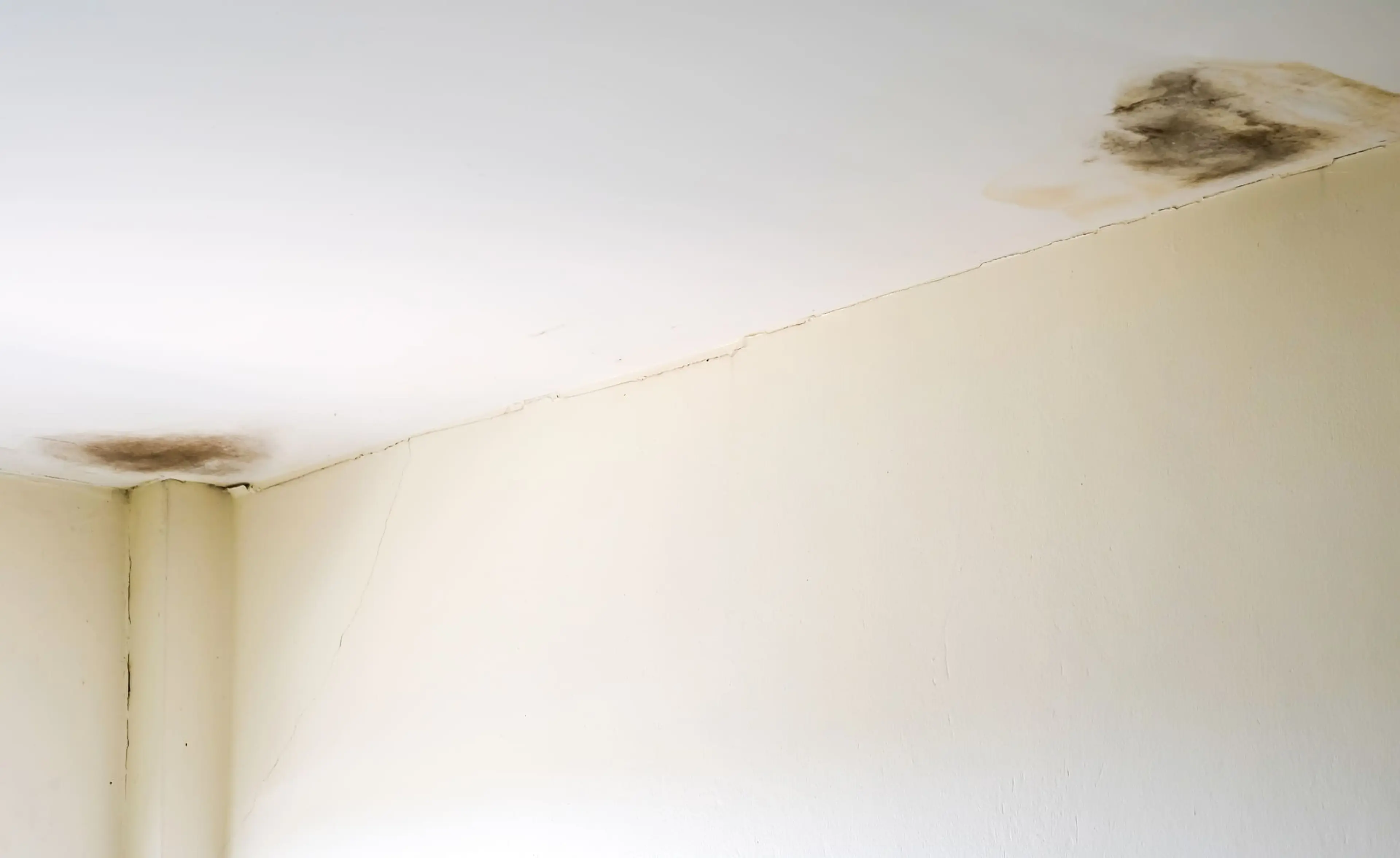The Importance Of Water Tank Waterproofing

 Sep , 2024
Sep , 2024- Waterproofing
- 4 Min Read
Introduction
The whole point of a water tank is to store water. So, what good is a water tank that leaks? That’s why we all need water tank waterproofing. We’re all battling regular water cuts, and the inconvenience of working with limited water is a big problem, not just for businesses like offices and hotels but also for homes and apartment buildings. Scientific waterproofing, including something as simple as applying water tank sealant, will help keep the water inside the tank intact.
What Is Water Tank Waterproofing?
Definition And Purpose
As the name suggests, water tank waterproofing is nothing but taking water tank leak proofing protective measures by applying a water tank sealant, coatings, and other such materials.
This serves multiple purposes:
- The main purpose of water tank waterproofing is to stop water leakage – you cannot afford to lose the one thing that the tank was built to store.
- Waterproofing for underground water tank helps prevent contamination of water – you cannot drink or make your family drink water that’s contaminated and disease-causing.
- Lastly, tank waterproofing will extend the life of the water tank.
This applies to everything from concrete tank waterproofing to metal.
Types Of Waterproofing Techniques
- Cement Waterproofing: In this type of water tank waterproofing, you will use cement-based products to create a film to put a stop to water infiltration. Given its compatibility, ease of application, and affordability, this type is commonly used for concrete tank waterproofing.
- Liquid Waterproofing: This next type is a more flexible option. Here, you apply a liquid membrane that solidifies to form a protective water tank sealant.
- Tank Lining Waterproofing: In this last type, you apply a tank waterproofing coating inside the tank to stop water leakage. This type can be used for older tanks that require upkeep or upgrade.
Benefits Of Water Tank Waterproofing
Protecting Water Quality
As discussed above, water tank waterproofing prevents contaminants like dust, insects, and air pollution from getting into the water. Naturally, this will retain the freshness of drinking water, making it safe to drink for you and your family.
By keeping the water tank sealed and protected, water tank waterproofing cuts off the vital resources for bacteria to thrive, cutting down the chances of growth/survival of algae and fungi.
Preventing Structural Damage
With time, the walls of water tanks start to crack and leak. This defeats the whole purpose of having a water tank because a leaking water tank is as useful as no water tank at all. Concrete tank waterproofing is a necessary step to take because, with its help, your tank will remain sealed and crack-free – meaning all the water that was meant to be stored will remain stored and ready for use.
This was for concrete tanks. For metal tanks, tank proofing sets up a sort of barrier. Metal tanks are quite powerful. But as you’d guess, even they have an equally powerful enemy: rust and corrosion. Rusting not only weakens the tank but also contaminates the water inside. What you need to do to prevent this is simply to take measures of water tank waterproofing like applying water tank sealant.
Cost Savings
Proper water tank waterproofing reduces the need for regular repairs and maintenance. Plus, metal and concrete tank waterproofing is a great way to extend their lifespans – meaning you don’t need to replace your entire water tank every few years.
Steps In The Waterproofing Process
Inspection And Cleaning
The first step of tank waterproofing is assessment. Before starting any water tank waterproofing work, start by doing a thorough site inspection.
As an expert tip, we suggest that you start small. Note the following:
- Where exactly is the leak
- How many leaks are there
- Is there a problem bigger than a small leak, like a wall crack
- Are there signs of contamination
Next, clean the tank. Whether it is waterproofing for underground water tank or waterproofing coating for water tank, you cannot skip the cleaning process. This helps with better adhesion of the water tank sealant.
Choosing The Right Waterproofing Method
As we’ve seen above, there are multiple types of water tank waterproofing techniques. You need to select one of them depending on the tank's material (concrete, metal, plastic) and your budget.
Application And Curing
Then, you need to start with the actual process of water tank waterproofing. With every water tank sealant, you get a set of instructions to help guide you through the process of tank waterproofing. Follow those instructions carefully when applying the water tank sealant.
When applying, pay attention to the cracks, gaps, corners, and joints as these are the most vulnerable to water leakage.
Finally, give the water tank sealant or coating enough time to cure and set properly.
Maintenance Tips For Waterproofed Water Tanks
- Regular Inspection: Do simple water tank check-ups every now and then. What you need to watch out for is signs of damage or wear and tear. This helps with timely repairs and keeps the problems from escalating and becoming bigger headaches later on.
Use smart tools like a moisture meter for quick and easy detection of hidden water leakage. - Regular Cleaning: Keep a cleaning schedule for your water – do light cleaning to remove dirt, algae, and other contaminants that tend to accumulate with time.
- Monitor Water Quality: Keep an eye on the water quality. A simple way to do this at home is to check for changes in color, smell, or taste.
- Refresh Water Tank Sealant: Now this depends on the quality of water tank sealant you originally decided to go with – some sealants, like those from Berger Paints, can retain their strength for years and years. Locally made ones fail to provide as much power and need to be reapplied regularly.
Conclusion
Water tank waterproofing is a necessary step if you want to maintain the safety and quality of your stored water. By now, you must’ve understood the different tank waterproofing techniques, benefits, and maintenance methods. Whether it's concrete tank waterproofing, tank lining waterproofing, or waterproofing coating for water tanks, the right approach can save you time and money in the long run.
check for any query you have about the blog
Frequently Asked Questions
Water tank waterproofing is the waterproofing measures taken to protect against water leakage in your water storage system.
Water tank waterproofing is important because it is one of the easiest ways that will help you protect water quality, prevent structural damage, and extend the lifespan of the tank.
Common techniques of water tank waterproofing include cement waterproofing, liquid waterproofing, and tank lining waterproofing.
Waterproofing prevents external contaminants from entering the water supply and prevents the growth of fungi and bacteria.
Long-term benefits of water tank waterproofing are safe and healthy water to give yourself and your family, improved tank structural integrity, cost savings on expensive repairs and regular maintenance, and prolonged tank lifespan.



